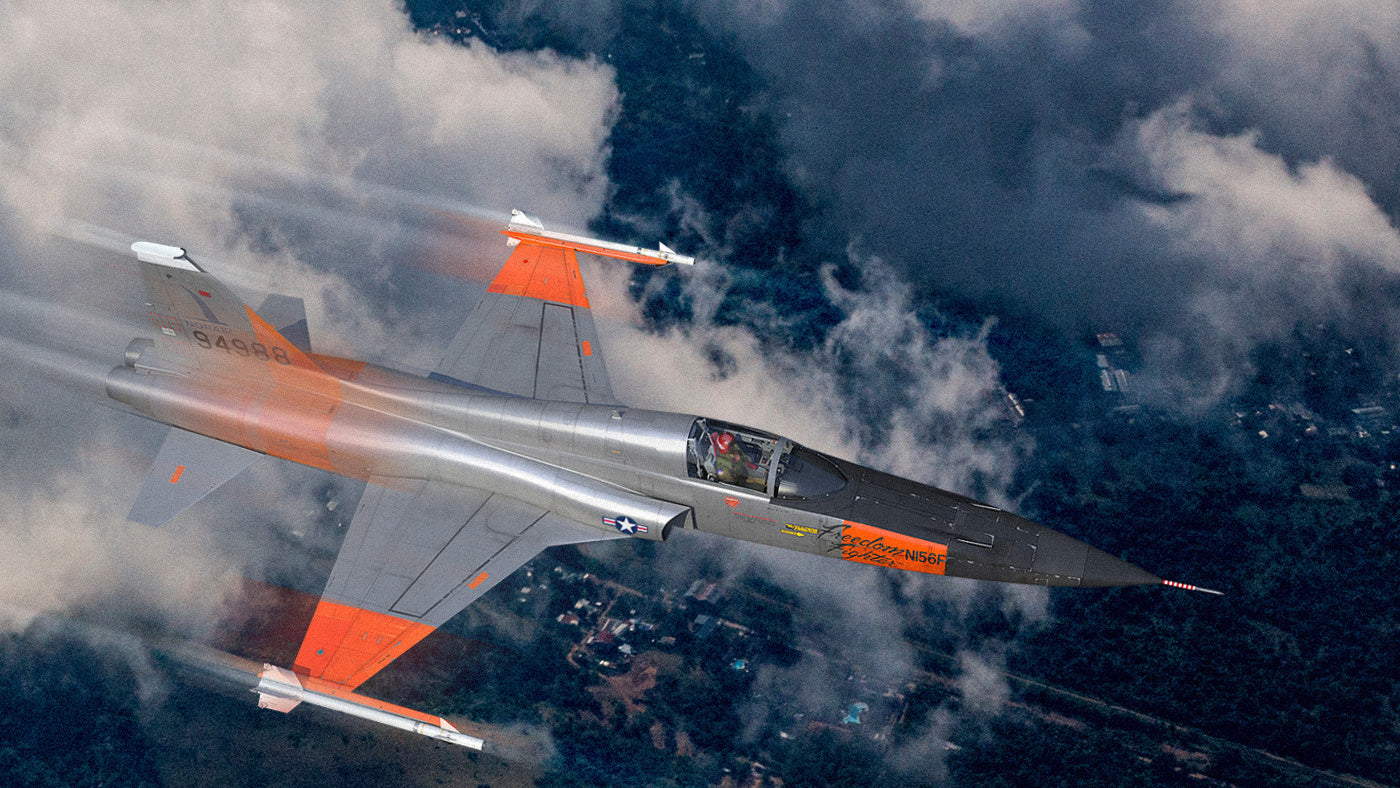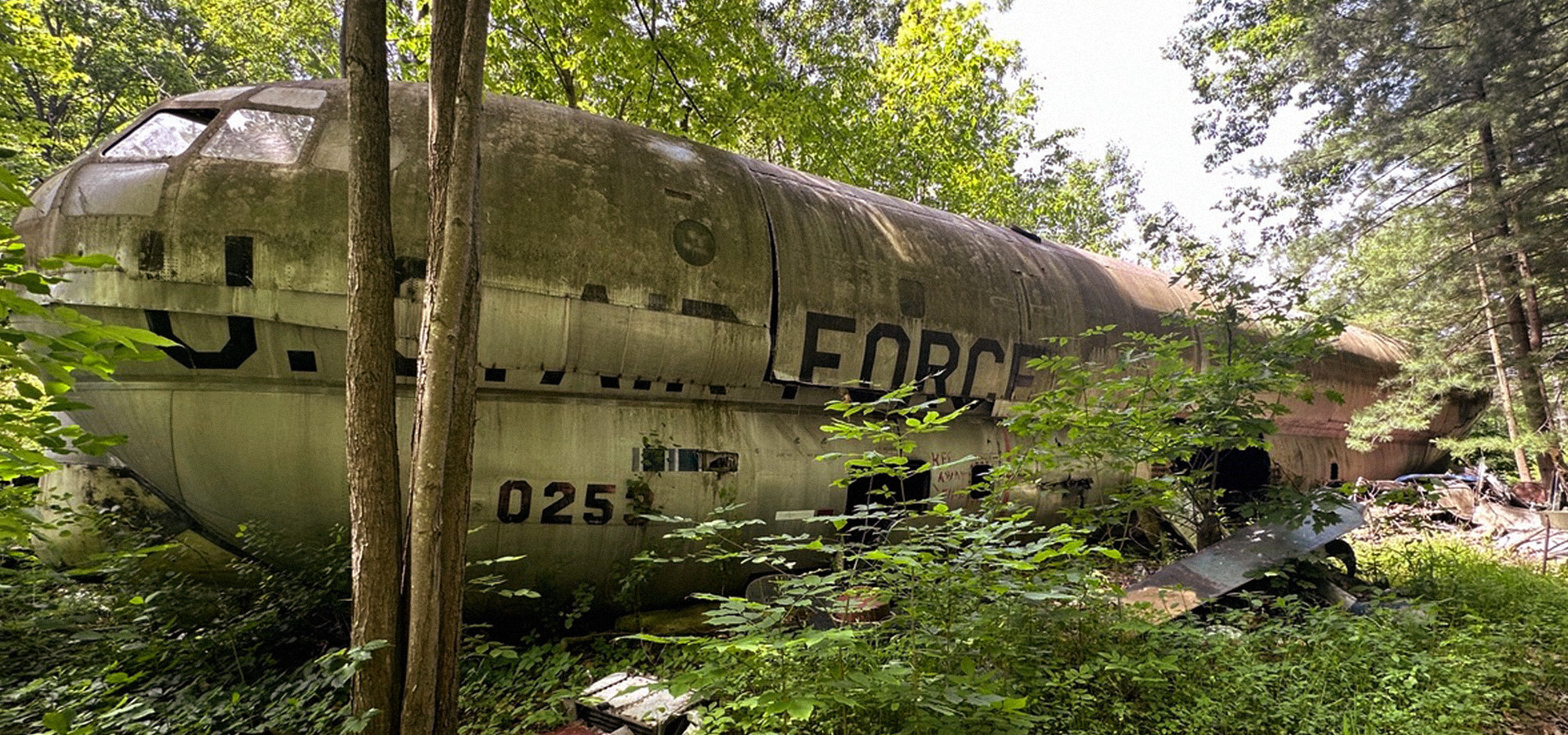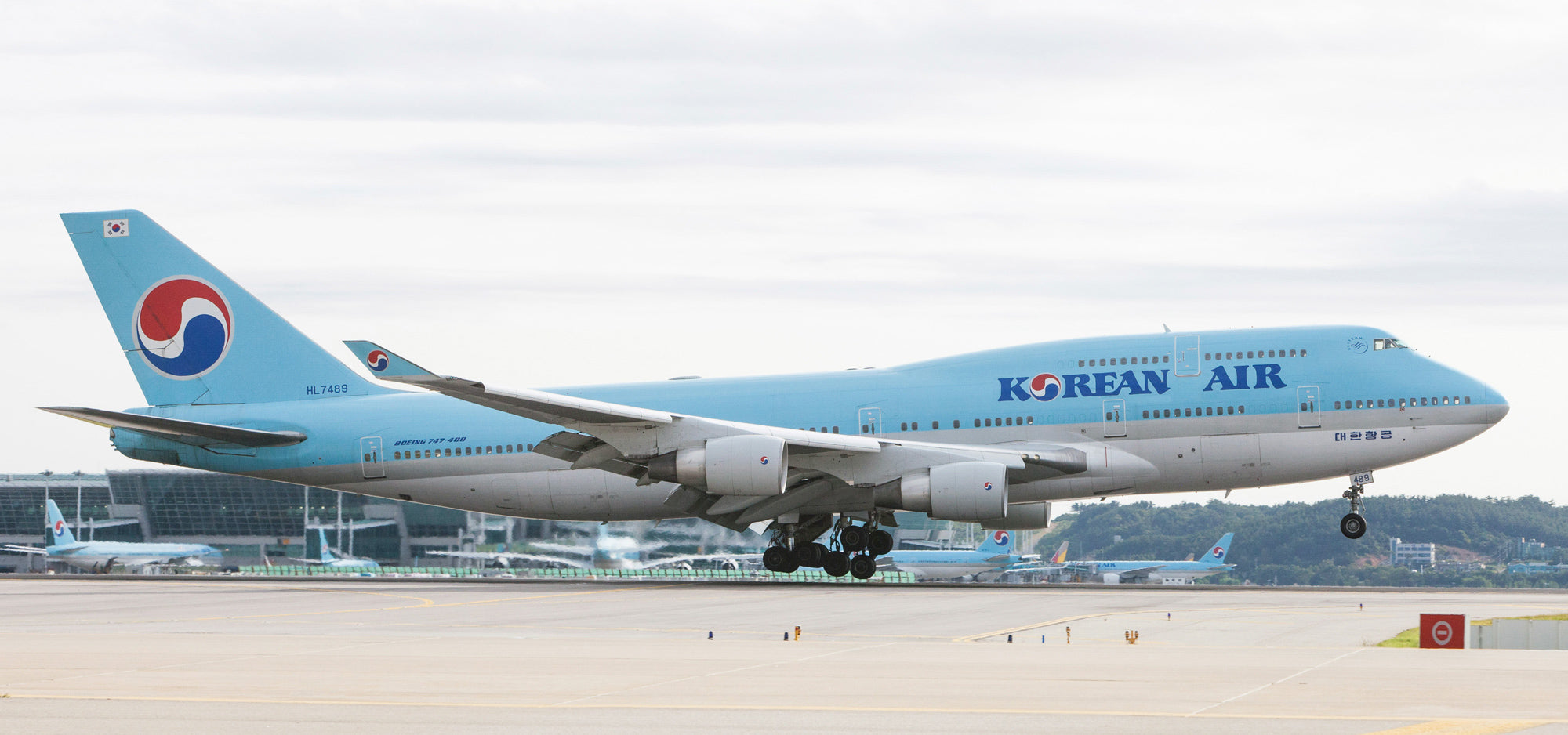What is the F-5?

Northrop F-5A Freedom Fighter ‘130’ flickr photo by HawkeyeUK shared under a Creative Commons (BY-SA) license
The F-5 is a tactical fighter series from Northrop Grumman. The F5 supersonic fighter combines cutting-edge aerodynamic design, powerful engines, and affordable operation and has proven itself to be one of the most durable military aircraft designs ever created. It is agile, highly maneuverable, and reliable and has served for more than 60 years. More than 2,600 were constructed by Northrop Grumman as part of co-production and license agreements with Spain, Switzerland, the Republic of China, Canada, and the Republic of Korea. They are still in use today.
N-156F Design and Development
Development began in the 1950’s with a Navy requirement for a new fighter, designated N156, to serve smaller escort carriers. Although the Navy withdrew its requirement, Northrop, later Northrop Grumman, continued to develop this aircraft privately. Three N156F prototypes had been ordered, including 59-4988.

By USAF - Public Domain Link
The first prototype, serial 59-4987 took its first flight in July 1959 at Edwards AFB. It went supersonic on its first flight, despite a lack of thrust. The more powerful GE YJ-85-5, with afterburner, replaced the early version after 32 test flights. Flight tests were also performed by ‘4988, beginning in January 1960, with many trials of landing and take off on unimproved or grassy runways, as well as tests with different armament. Although the N-156 prototypes performed satisfactorily, the USAF declined to place an order and the third prototype was left incomplete. It was not until Congress enacted the Military Assistance Program to provide low cost fighters to less developed nations, that interest in the N156F was renewed.


A4D-2N Skyhawk BuNo 148483, Northrop N-156F Freedom Fighter s/n 59-4988, A4D-2N BuNo 148490, AD-6 Skyraider BuNo 137576, AK-406, and Fiat G-91R s/n 0042 when they were being evaluated by the U.S. Army as a ground support aircraft, NAS Jacksonville, circa 1961. Photo in public domain.
In the early 1960’s a competition was held to choose a low cost fighter from among these candidates: the N-156A, the Douglas A-4 Skyhawk and the Lockheed F-104H. The N-156A was selected, and was officially named the Northrop F-5A Freedom Fighter in August 1962. The third prototype 59-4989, now the Northrop YF-5A, was completed with the improvements of both prior prototypes and took to the skies in July 1963. Both earlier prototypes were also brought up to YF-5A standards.

Take a look at this video about 59-4988, demonstrating unpaved runway capabilities during the testing and trials.
N-156F Legacy

Northrop manufactured 624 F-5As total, including the three YF-5A prototypes between 1959 and 1972, when production ended. Under license, other nations built their own F-5A/Bs. This report will give you an idea about the many variants and what nations they went to. In 1970, the International Fighter Aircraft (IFA) competition was held to replace the F-5A, which Northrop won. The F-5E Tiger II, originally the F-5A-21, was born. It featured more sophisticated avionics, more powerful GE J85-21 engines, a longer and larger fuselage, radar, and enlarged leading edge extensions which increased the wing area and provided better maneuverability. Other variations included the F-5F, a two seat combat-capable trainer; RF-5E Tigereye reconnaissance aircraft, and F-20A Tigershark. Many are still flying today, all thanks to the prototypes that demonstrated the possibilities of this incredible family of aircraft.
"Northrop Grumman continues to support F-5 user air forces with cost-effective support solutions through the U.S. Air Force (under foreign military sales agreements) and through direct contracts with the user air forces. Key to this technical assistance capability is the F-5 engineering and manufacturing team that has supported the F-5 fleet for more than 40 years." - Northrop Grumman
N-156F Specs

Characteristics:
Manufacturer: Northrop CorporationSerial: 140436
Crew: 1
Wing Span: 25 ft 10 in
Length: 47 ft 2 in
Height: 13 ft 6 in
Performance:
Range: 1,100 nmCruise Speed: 575 kts
Ceiling: 50,700 ft
Empty weight: 9,583 lb
Max Takeoff: 19,860 lb
Rate of Climb: 23,600 ft / min
Engine: Two General Electric J85-5 turbojet engines
59-4988

What happened to these prototypes? ‘4987 is on display at the Museum of Flight, Boeing Field, Seattle, WA. ‘4989, the YF-5A prototype, is now on static display at the National Museum of the United States Air Force, and painted as a "Skoshi Tiger" of the 4503rd Tactical Fighter Squadron.
‘4988 ended up at the Aviation Warehouse, in Adelanto, California somewhere around 1990. By that time it was only a partial airframe that was used as a movie prop. MotoArt has worked with Aviation Warehouse over the years, and has received aircraft from them such as the Eastern DC-8.
Says MotoArt owner Dave Hall “The role of ‘4988 in aviation history was so important it should have ended up in a museum. We are so glad that we were able to honor this aircraft in a lasting way as well.”
MotoArt’s Freedom Fighter Prototype
Here are some photos of '4988 at MotoArt Studios in Torrance, California. As you can see, this aircraft has been through a lot and was in pretty bad condition. 
 Bringing 59-4988 back to Torrance, California
Bringing 59-4988 back to Torrance, California




Separating the exterior and interior skins.

Insignia variants in progress
N-156F PlaneTags


The N-156F PlaneTags are available now at planetags.com in a very limited series of 1,500 and will be initially available in the following variants.
- Exterior
- Exterior Rivets
- Interior
- Interior Rivets
- Air Force Insignia
- Rescue Insignia
- Jettison Insignia
- Warning Insignia


The Insignia variants shown above won't last - get one if you can.
PlaneTags collectors are acutely aware that some of the variants are very limited so it’s important to grab the one, or ones, you want as soon as possible. Sign up for our mailing list or join the MotoArt PlaneTags Collections Facebook group for the fastest notifications of when they go on sale.
Prototype Aircraft PlaneTags
In addition to the F-5 prototype aircraft, we also made PlaneTags from the Prototype XP-82 Twin Mustang. Read all about it here: XP-82 Twin Mustang: A One of a Kind, Piston Powered Fighter

Our B-1B PlaneTags are made from 82-0001, the first B-1B ever built. It was built from a B-1A prototype. Read more about it: The First B-1B: The Leader Of The Fleet
Fighter PlaneTags
MotoArt has had the honor of working with some of the finest fighter planes ever to fly. Add any of these to your fighter plane memorabilia collection while they are still available.

Fighters: Related Stories
In case you missed these related blogs, check them out.
- F-14: MotoArt Finds A Tomcat
- P-51K Mustang: One Plane's Journey
- Mikoyan-Gurevich MiG-21 Fishbed: The Supersonic Jet Fighter To Beat






Share:
Dash 8: Horizon Air Twin Turboprop DHC 8-100
Vickers Viscount: The First Turboprop Powered Airliner